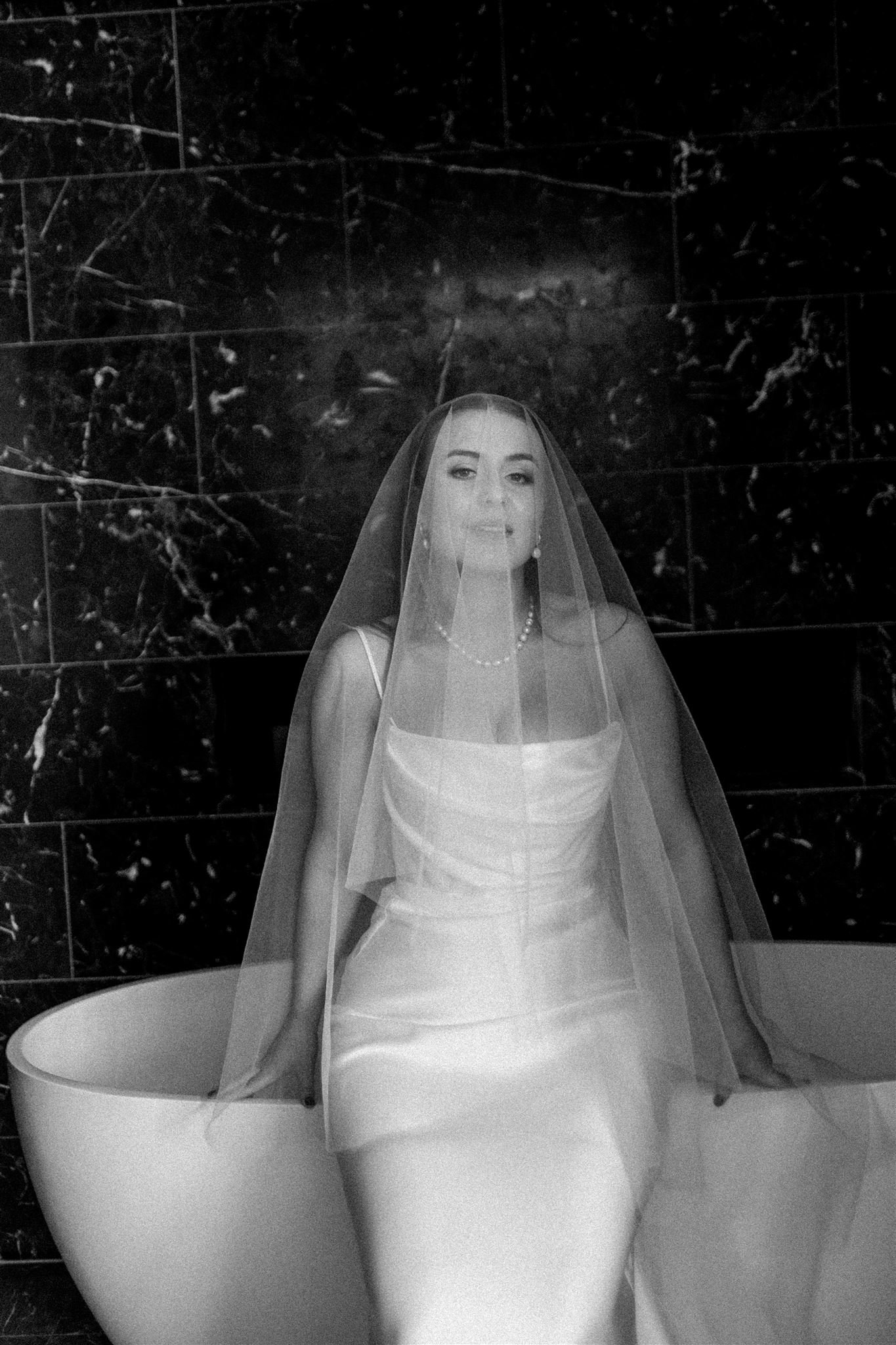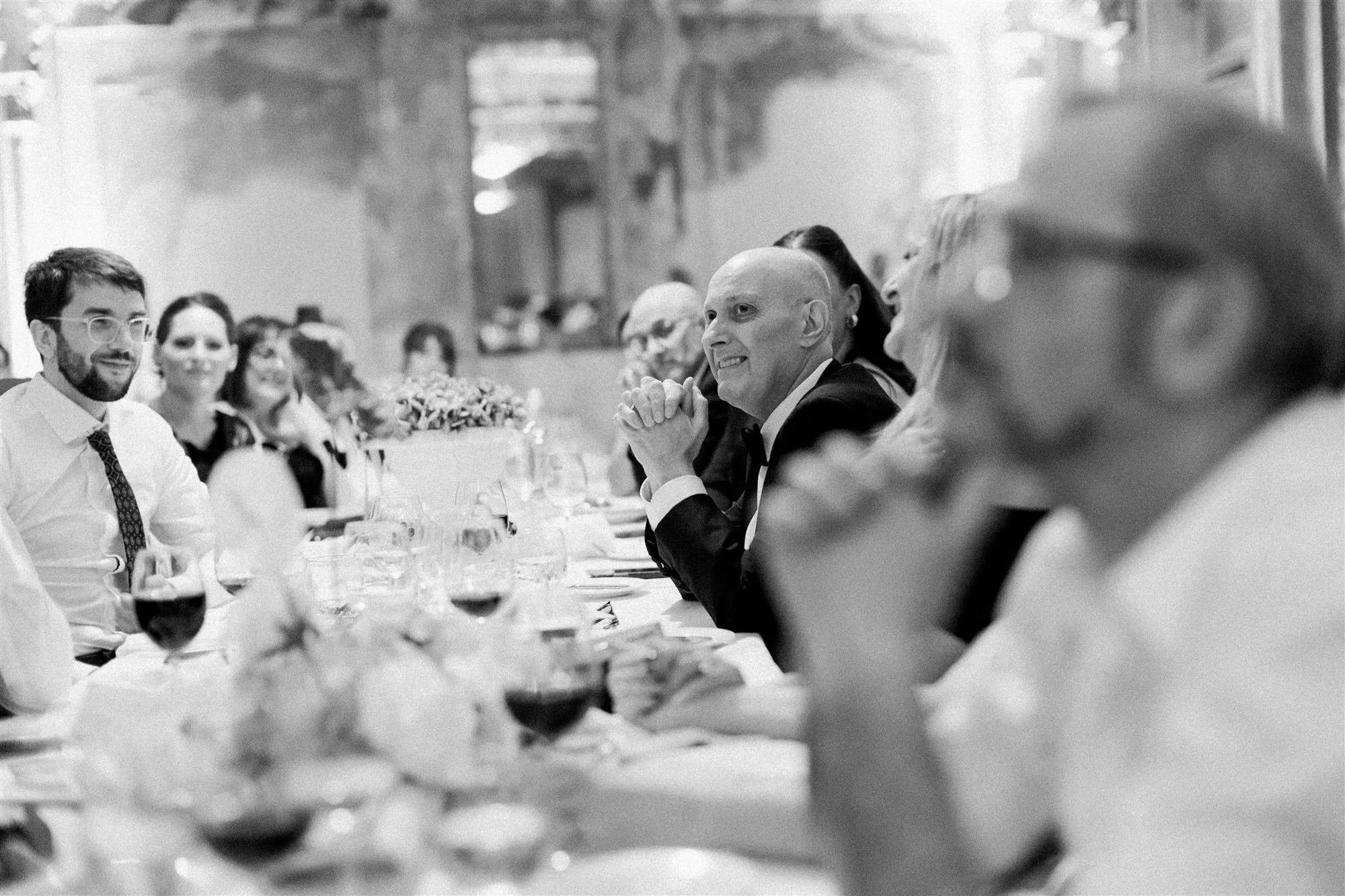EDITORIAL VS DOCUMENTARY WEDDING PHOTOGRAPHY
EDITORIAL VS DOCUMENTARY
WEDDING PHOTOGRAPHY
Choosing a planner, venue, aesthetic, and styling shapes the experience of your wedding day, but one of the biggest decisions is your choice of photographer. Their approach, presence, and aesthetic sensibility will define not just how your wedding is documented, but how you remember it.
While it’s tempting to think that anyone with a camera can photograph a wedding, photographing such a nuanced event is an art—one that demands technical mastery, observation, curiosity and a distinct creative vision. A photographer isn’t just a documentarian; I shape the narrative based on my personal experience and creative vision. Two photographers could photograph the same day and end up with two completely different bodies of work.
There are many styles of wedding photography, but two of the most talked about are editorial and documentary. Each offers a unique way of seeing and telling a story and understanding their differences can help you choose the aesthetic that resonates most.
Editorial Wedding Photography
Editorial wedding photography is rooted in fashion and fine art, designed to be visually striking, composed, and evocative. It takes inspiration from luxury magazines, where imagery is refined yet effortless, structured yet natural.
Editorial photography encompasses curation, intention, direction and narrative. Think Vogue or Harpers Bazar.
Documentary Wedding Photography
Also known as photojournalistic or reportage photography, this approach captures weddings with an organic, observational eye. It prioritises unfiltered emotion and spontaneous moments, allowing the day to unfold without interference.
It’s about observation, candid moments, imperfect images, raw emotions, honesty and being unobtrusive.
Blending Both: A Balanced Approach
Editorial and documentary photography are often framed as opposites, but I believe a wedding gallery that stands out will weave them together seamlessly. A skilled photographer understands when to direct and when to step back—curating beautiful portraits while also preserving unfiltered, unscripted moments.
Ask yourself, do you gravitate toward polished compositions, or do you prefer a raw, unscripted aesthetic?
How comfortable are you with direction in front of the camera?
Do you want a little bit of both that balances both perspectives?
My point of view is there is room for both but never at the cost of one another. I would never want to infiltrate a organic moment with directions so that the moment is sabotaged. And on the other side I love the idea of having a play with directing a portrait when the moment arises.
At the end of the day regardless of what category your images fall into, a rich, deeply person and artistically profound gallery is the most important. You will know that when images make you feel something.






